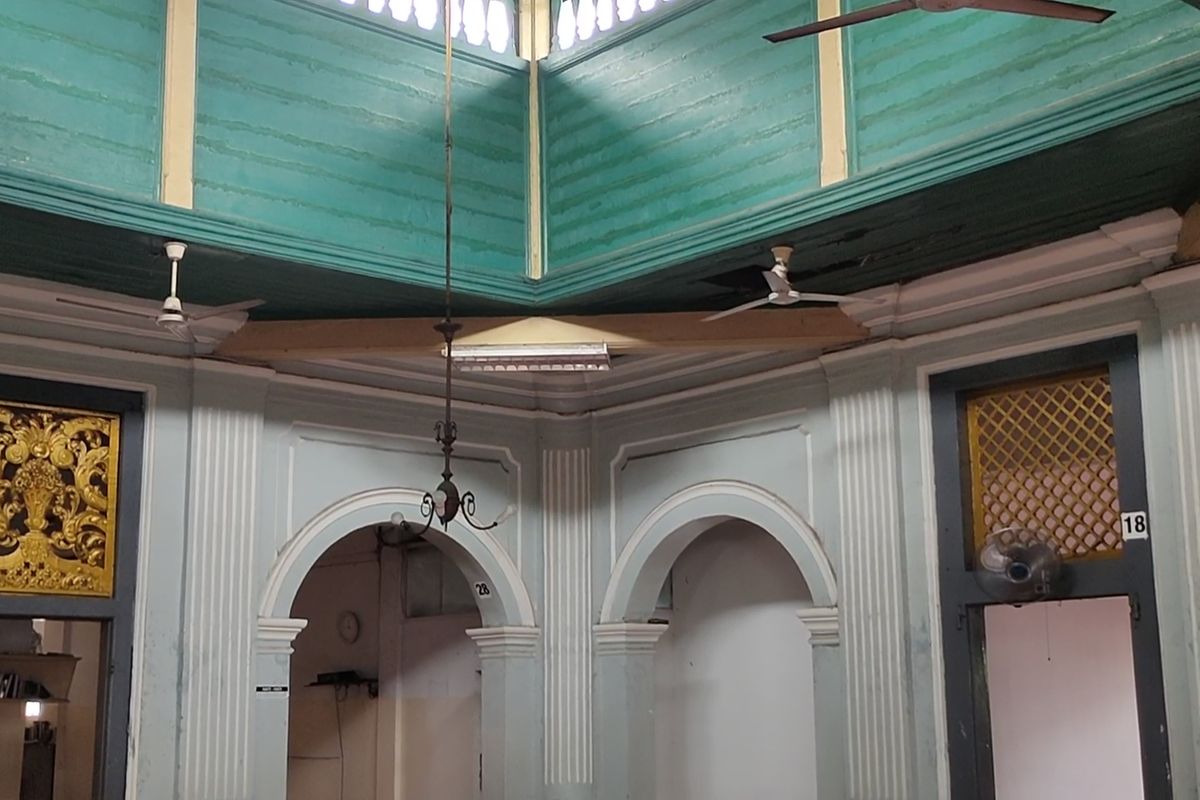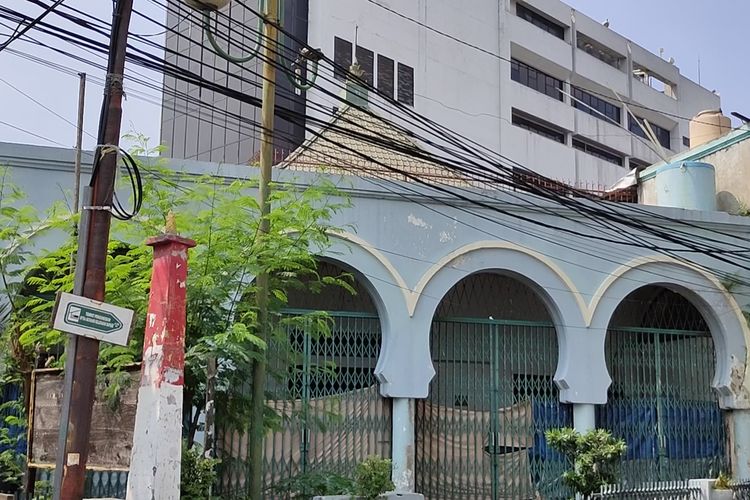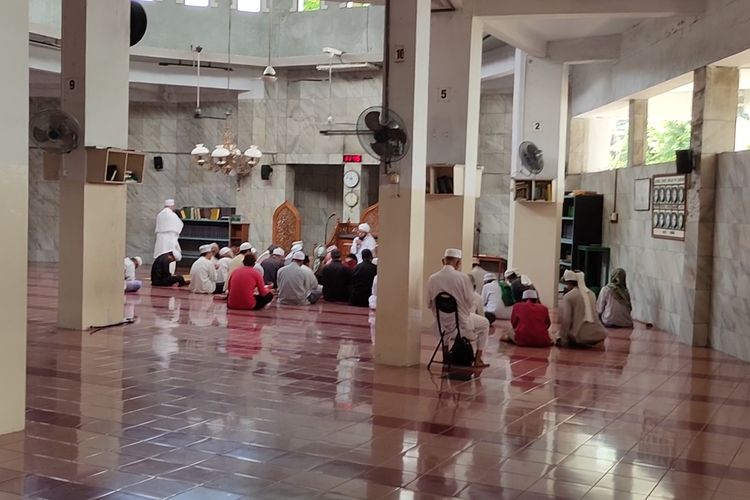Jami Kebon Jeruk Mosque, Silent Witness to the History of Indonesia's Chinese Muslims

Gathering place for congregations
The Jami Mosque was initially built in the middle of an orange orchard, or Kebun Jeruk. Its present state was made to account for the increasing number of people who go there for prayer and other rituals in this house of worship.
They included the Jamaah Tabligh, a congregation founded by Indian national Sheikh Maulana Ilyas Al Kandahlawi.
The group gained notoriety in recent years, after Indian authorities prosecuted hundreds of the group's Indonesian followers, along with their counterparts from other countries.
Also read: Ngabuburit, An Indonesian Ramadan Tradition
"Jamaah Tabligh chose to congregate in Jami Mosque in 1974. Here, they would carry out their devotional practices of preaching for a period ranging from three days to four months," said Koh Ali.

"They used to stay at the mosque and invite people around the world to carry out Islamic devotional practices, such as congregational prayers and maintaining the mosque. The growing congregation prompted the mosque to expand to its present form in 1997.
But regardless of changes to its form and congregation, the Jami Kebon Jeruk Mosque remains a hub for the community and spirit.
(Writer: Singgih Wiryono | Editor : Nursita Sari)
Simak breaking news dan berita pilihan kami langsung di ponselmu. Pilih saluran andalanmu akses berita Kompas.com WhatsApp Channel : https://www.whatsapp.com/channel/0029VaFPbedBPzjZrk13HO3D. Pastikan kamu sudah install aplikasi WhatsApp ya.
































